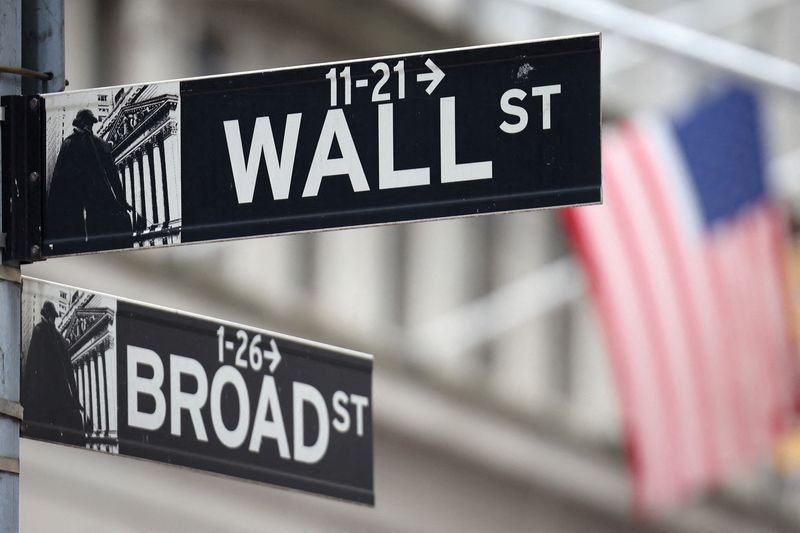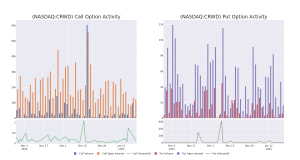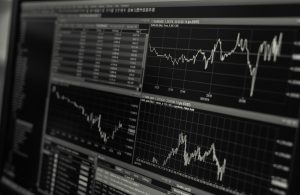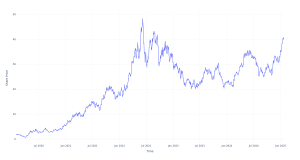
By Amanda Cooper, Yoruk Bahceli and Gertrude Chavez-Dreyfuss
LONDON/NEW YORK (Reuters) – A sharp selloff in the world’s biggest government bond markets and a continued rise in the dollar sent shockwaves through financial markets, with pain seen deepening as uncertainty grows over U.S. President-elect Donald Trump’s policies.
On Wednesday, the 10-year Treasury yield, underpinning trillions of dollars in daily global transactions, jumped above 4.7% to the highest since April, and UK peers hit their highest levels since 2008.
Yields rise when bond prices fall. There was no obvious trigger for the latest wave of heavy selling.
Germany’s 10-year Bund yield touched a more than five-month high amid accelerating euro zone inflation, and elevated bond supply. The yield, the euro zone benchmark, was up nearly four basis points to 2.524% at the end of Wednesday.
Japan’s 10-year benchmark hit a 13-1/2 year high of 1.185% in morning trade in Asia on Thursday.[JP/]
The moves unleashed a fresh wave of selling in currencies against the greenback, especially for sterling, which slid more than 1% before slightly recovering, and the euro, which was headed closer toward the $1 mark.
The S&P 500, which has rallied post Trump’s win, has recently started to falter, although it closed more or less flat on Wednesday.
Trump, in a press conference at Mar-a-Lago on Tuesday, decried high U.S. interest rates despite the Federal Reserve being in the midst of an easing cycle.
“Inflation is continuing to rage, and interest rates are far too high,” the president-elect said.
Central banks all but declared victory over inflation in 2024, but a number of metrics show price pressures are rising again.
Trump’s plans for higher trade tariffs, tax cuts and deregulation threaten to push up inflation and strain government finances, thereby also limiting the Federal Reserve’s scope to cut interest rates.
“What it really boils down to is the term premium,” said Chip Hughey, managing director of fixed income at Truist Advisory Services in Richmond, Virginia, referring to the premium investors demand for holding long-term bonds.
“85% of the rise in yields that we have seen since mid-September is accounted for by the term premium,” he said. “That is a reflection that fiscal policy uncertainty continues to climb as we head to the new administration being sworn in.”
Hughey pointed out that the current term premium for the 10-year note is 54 bps, up from negative 29 bps in mid-September.
This means that 10-year yields are 54 bps higher than what can be justified by Fed policy expectations.


